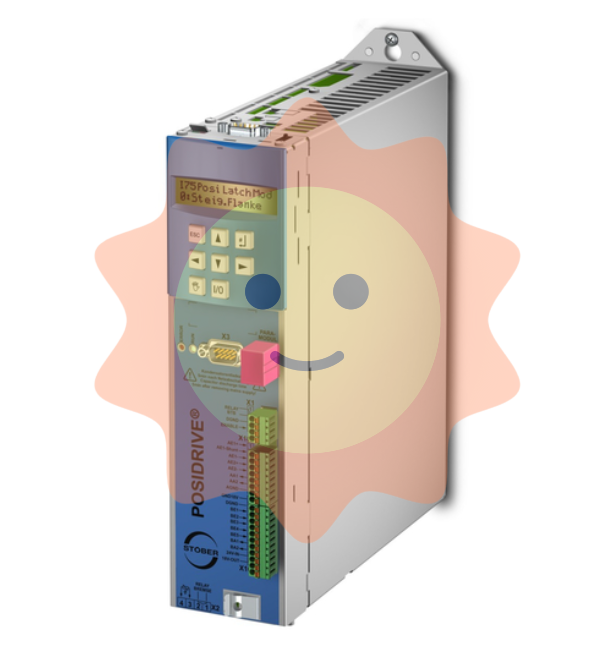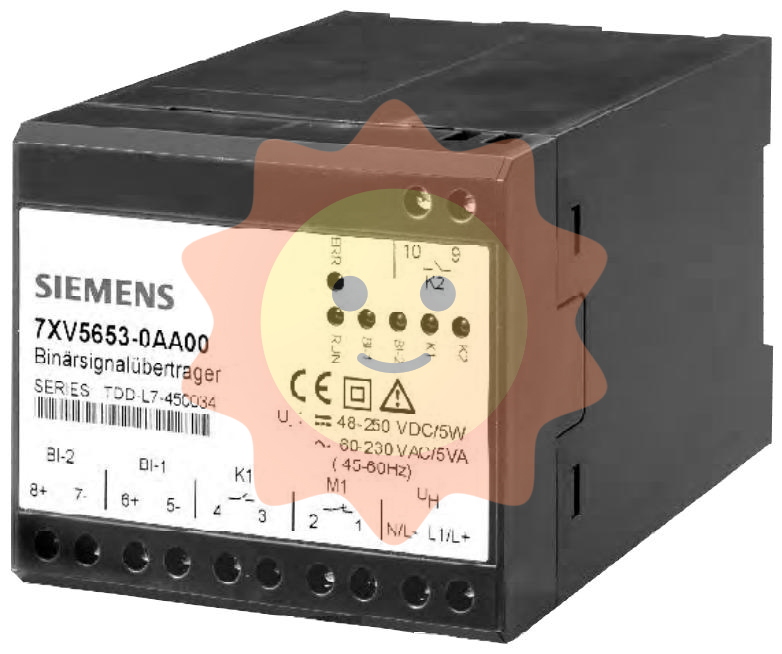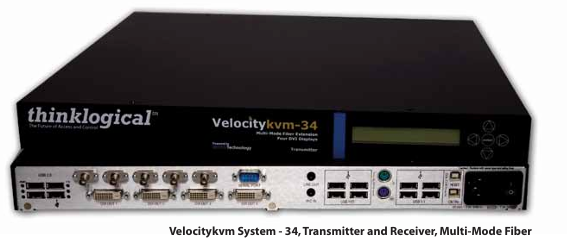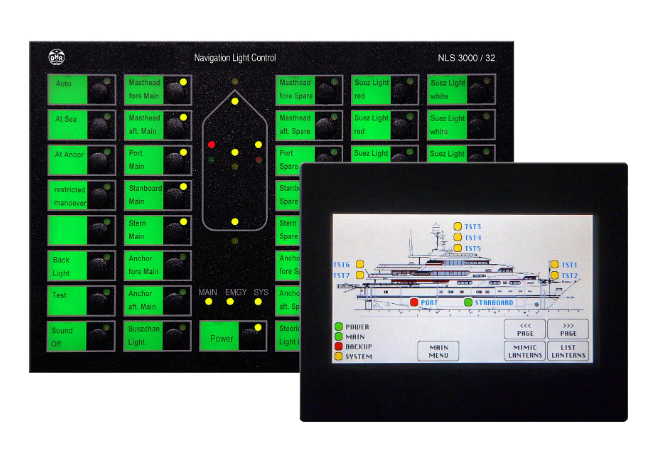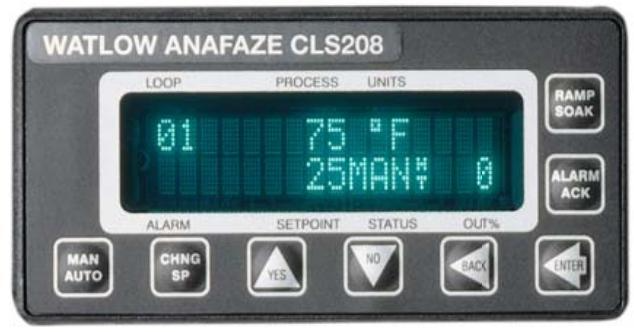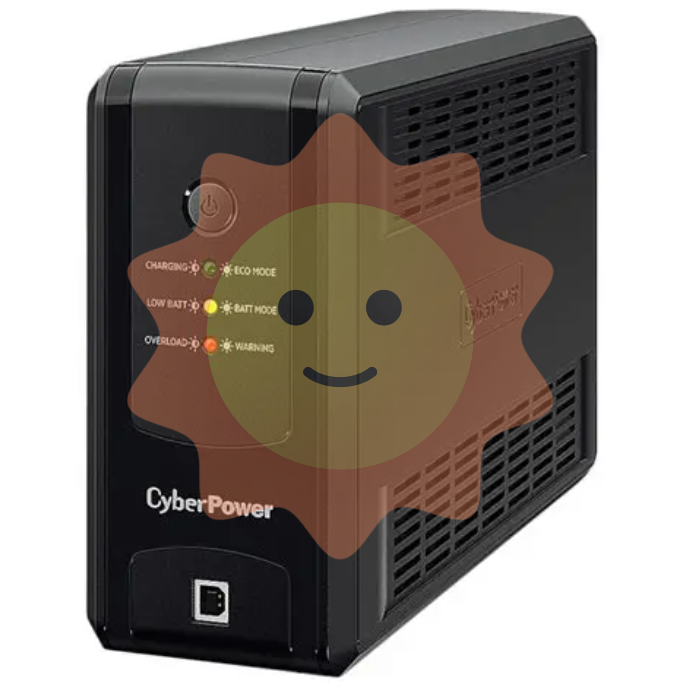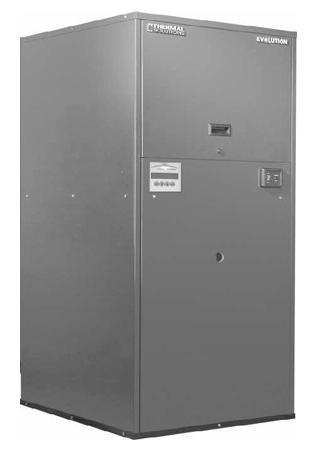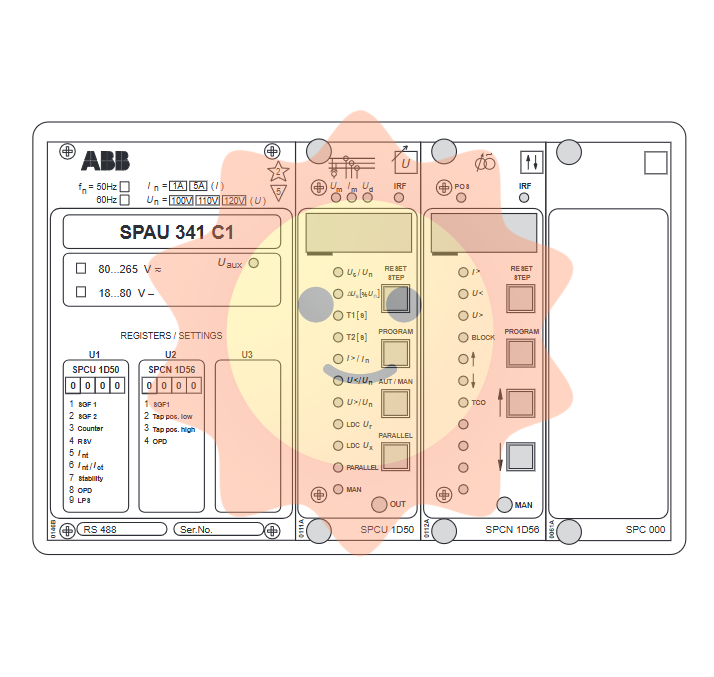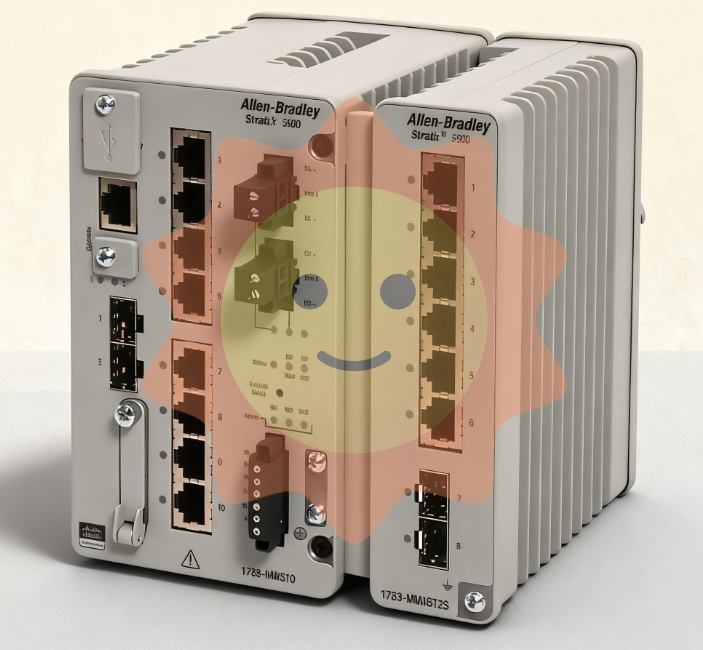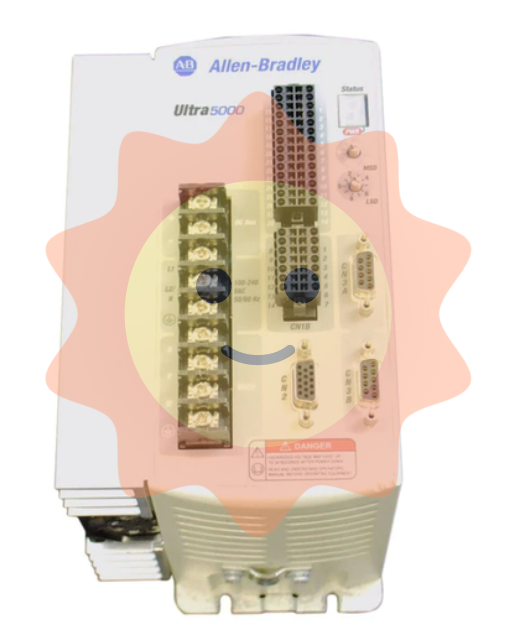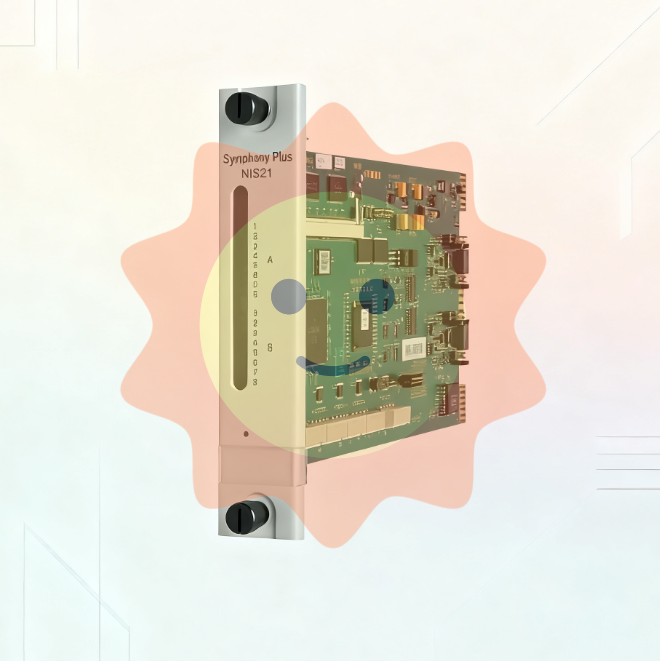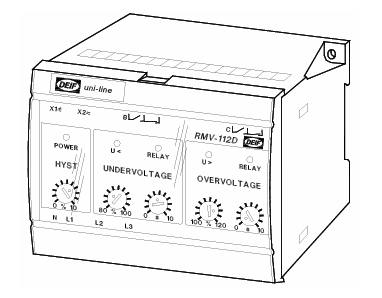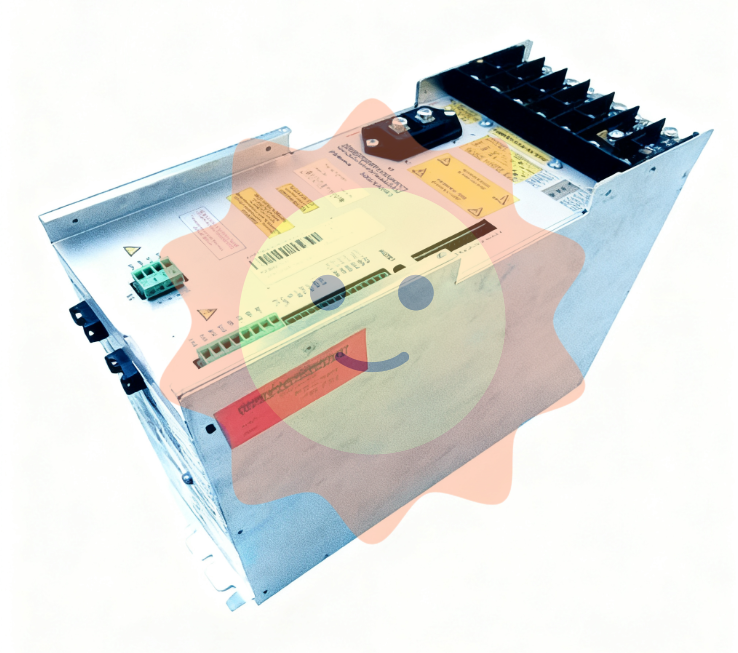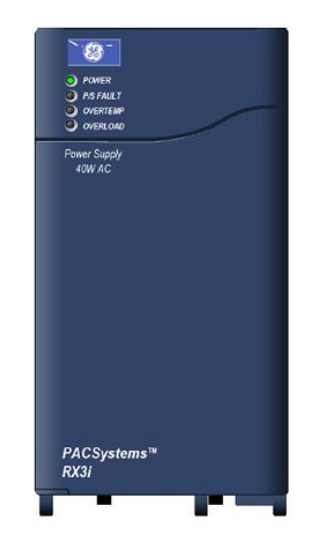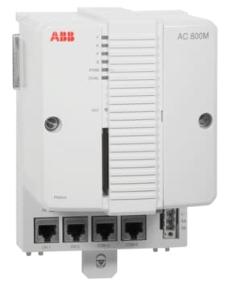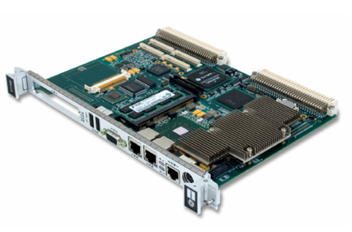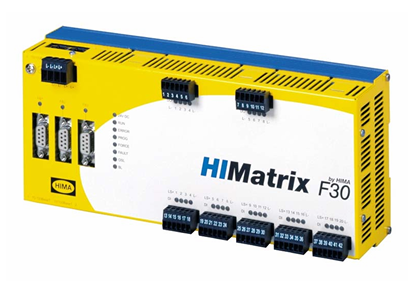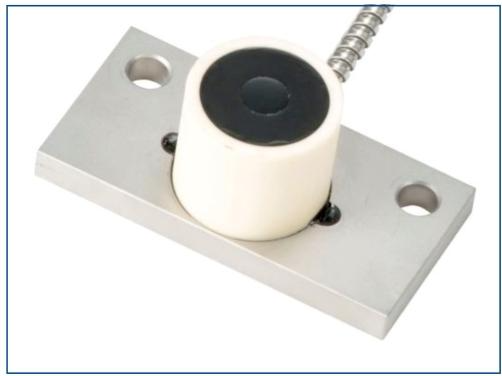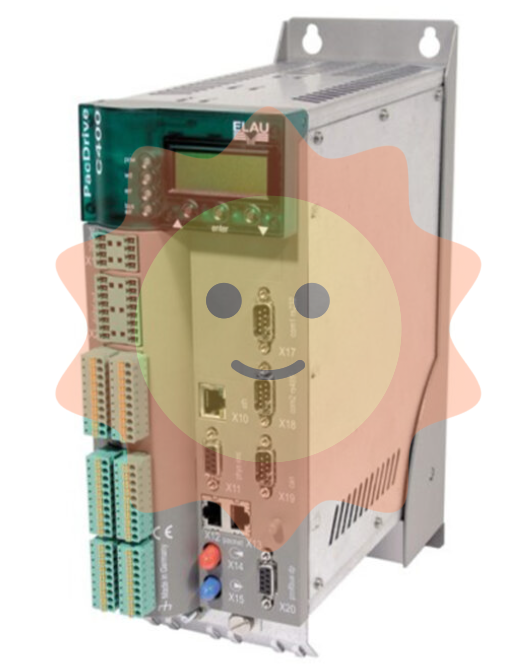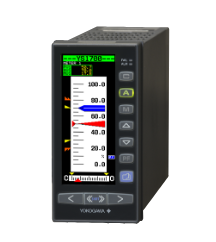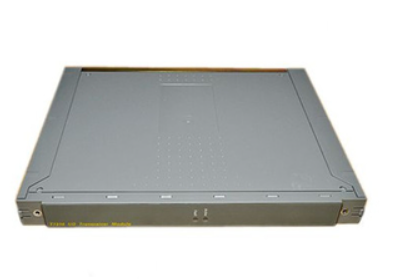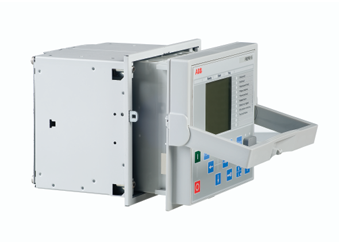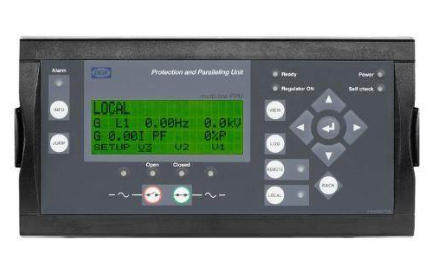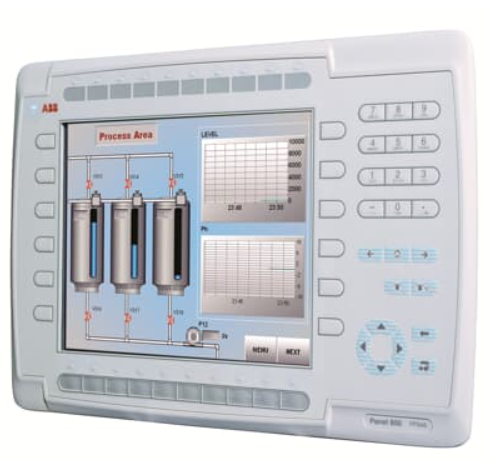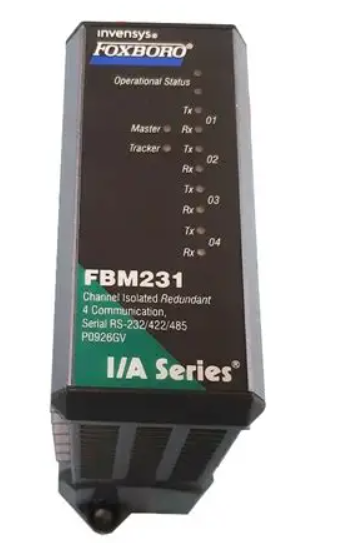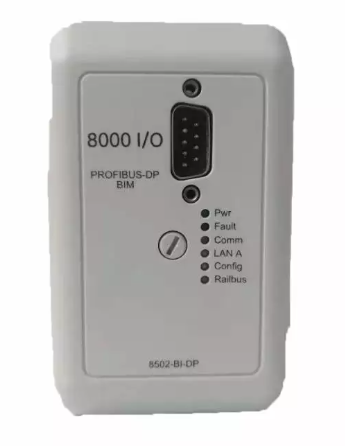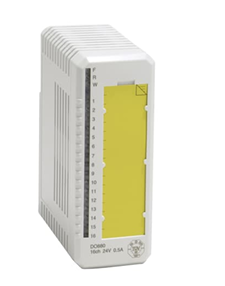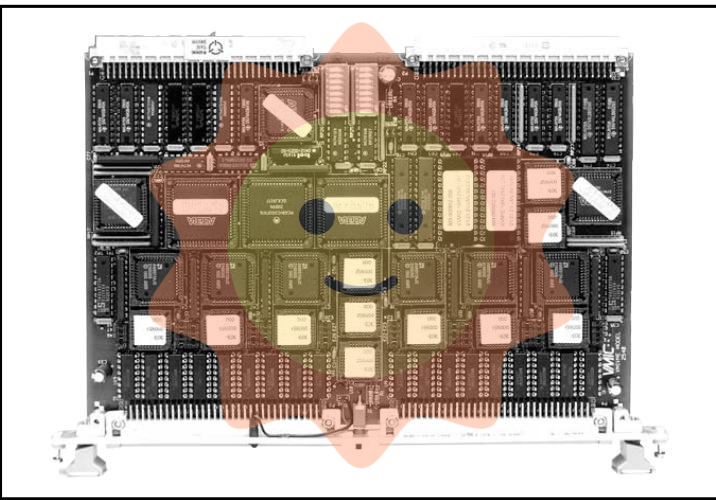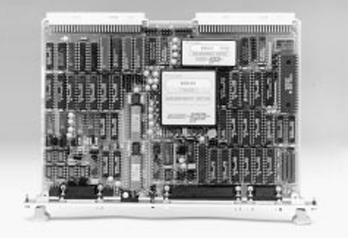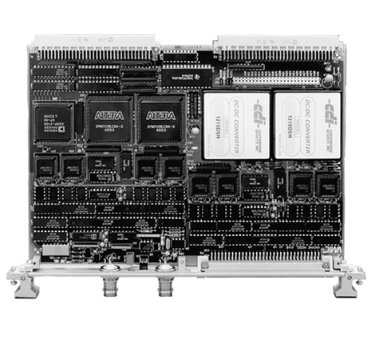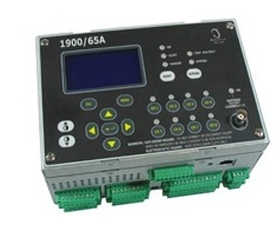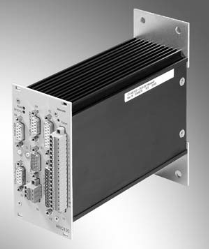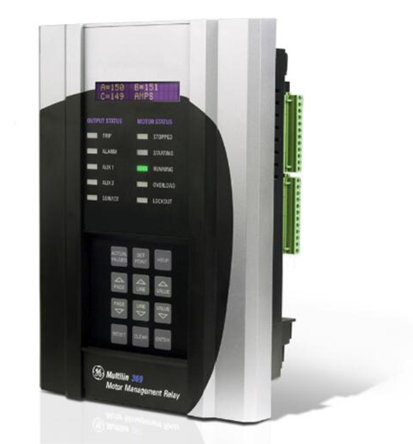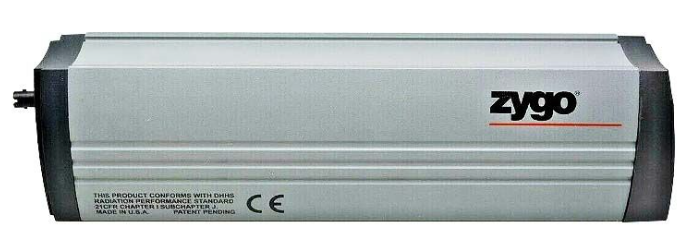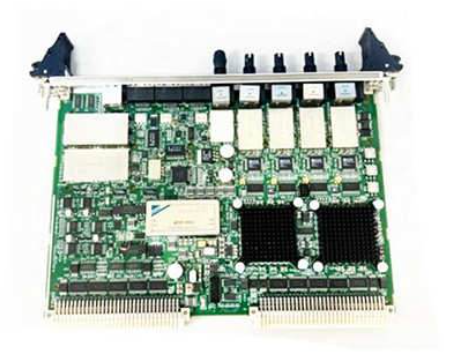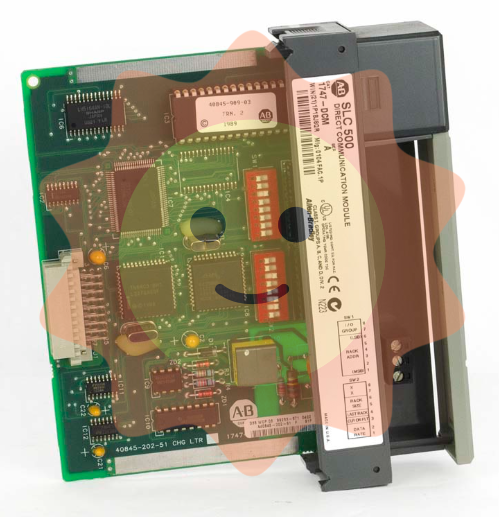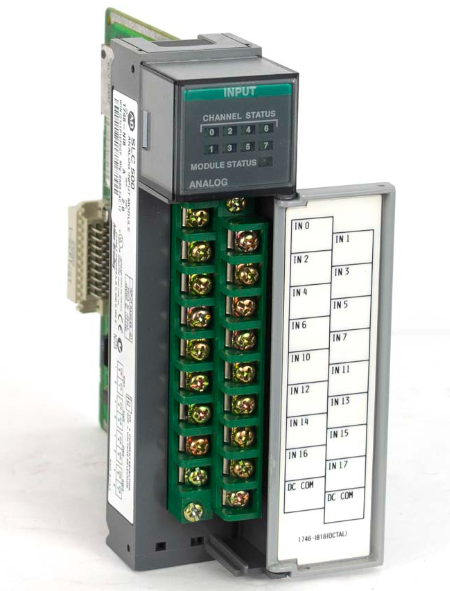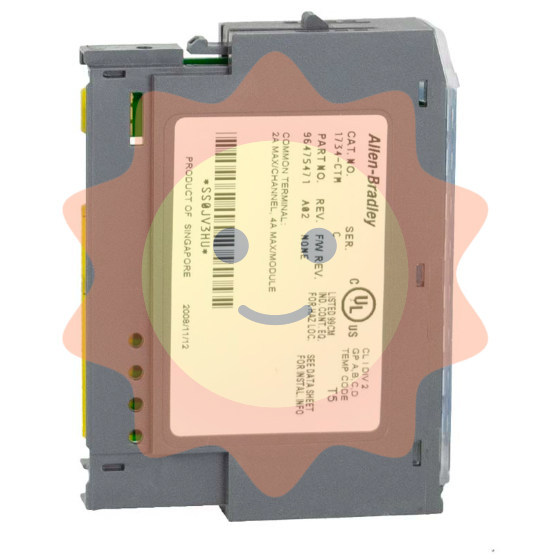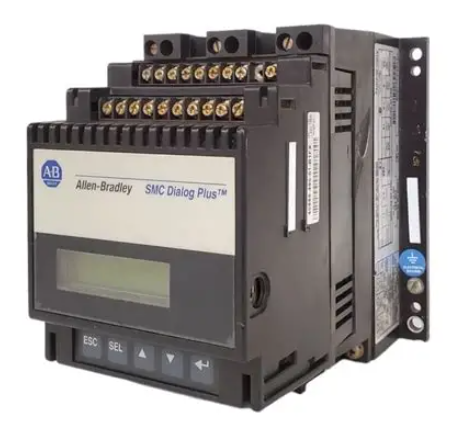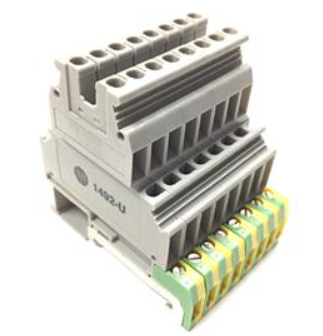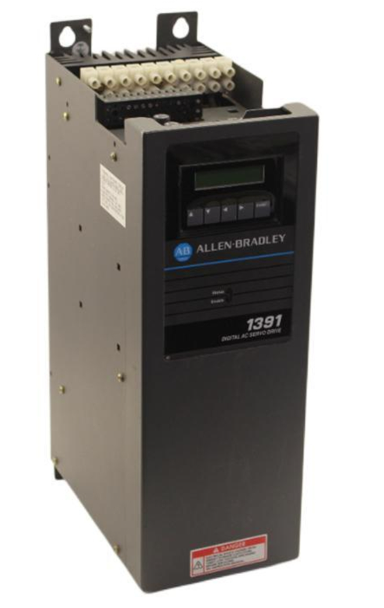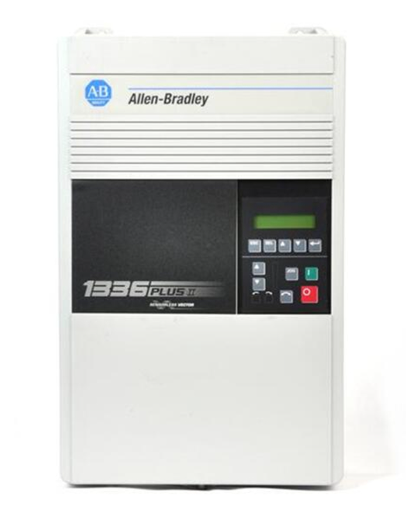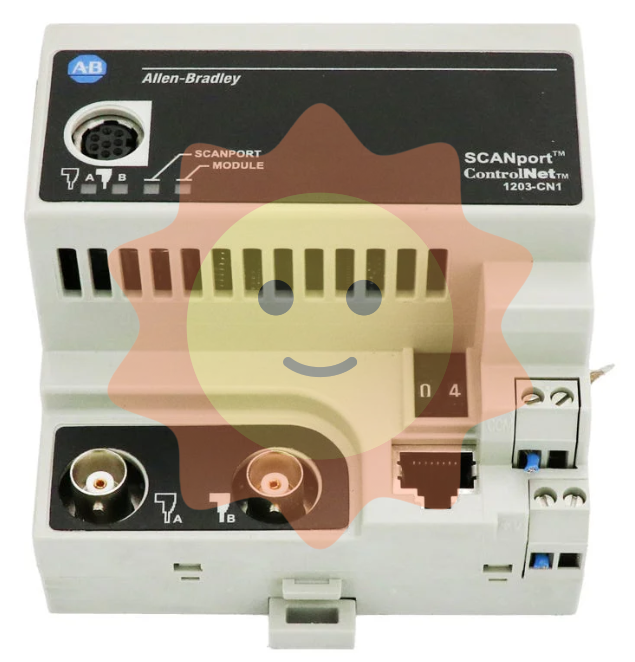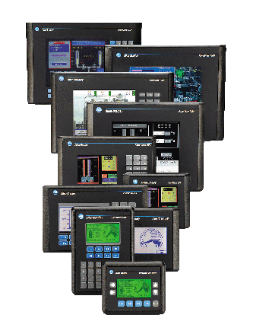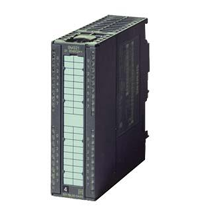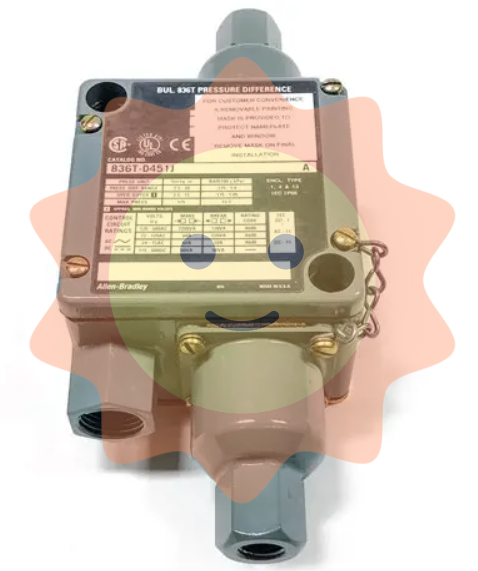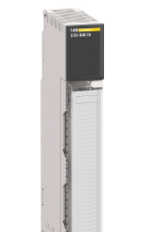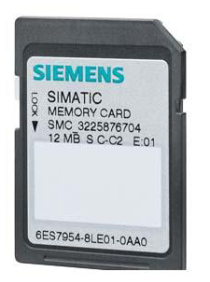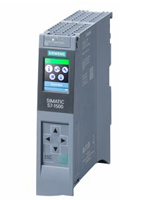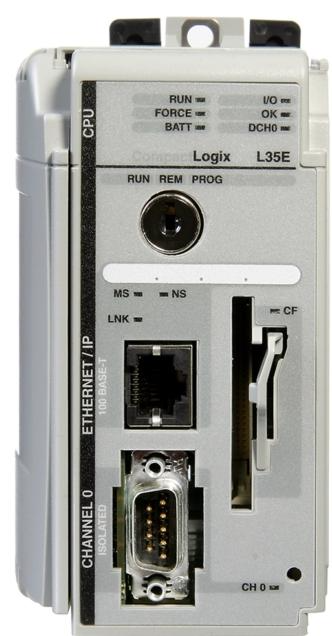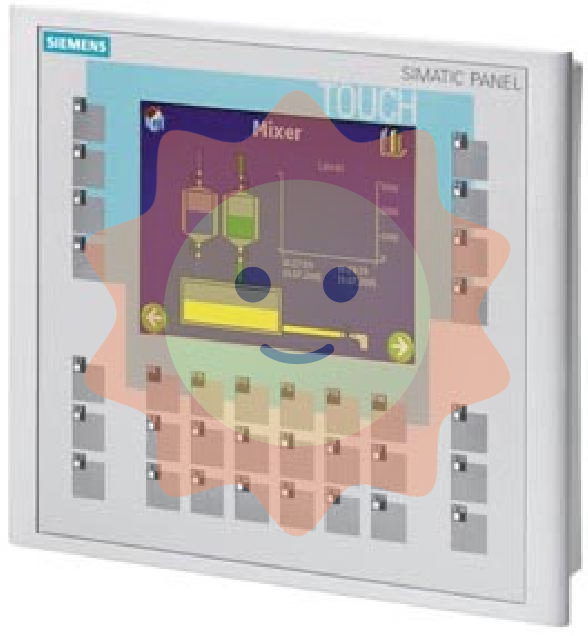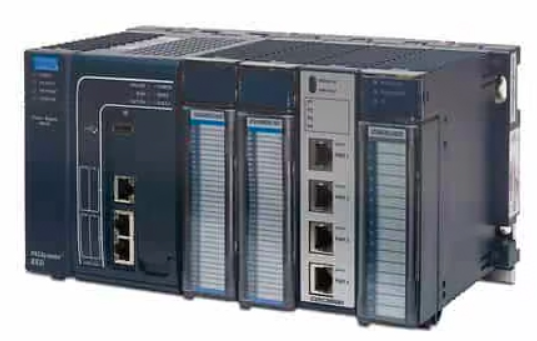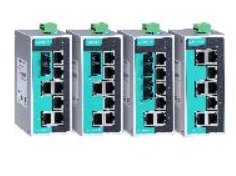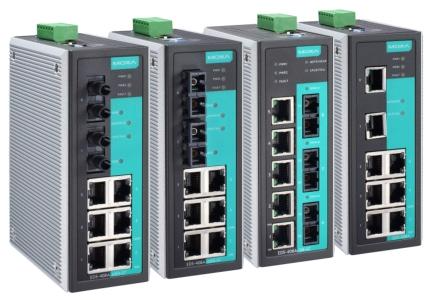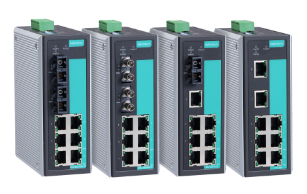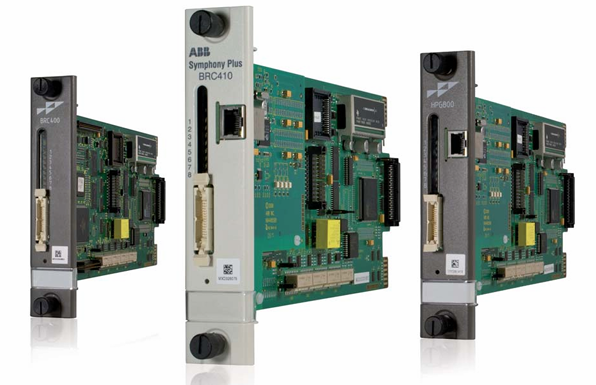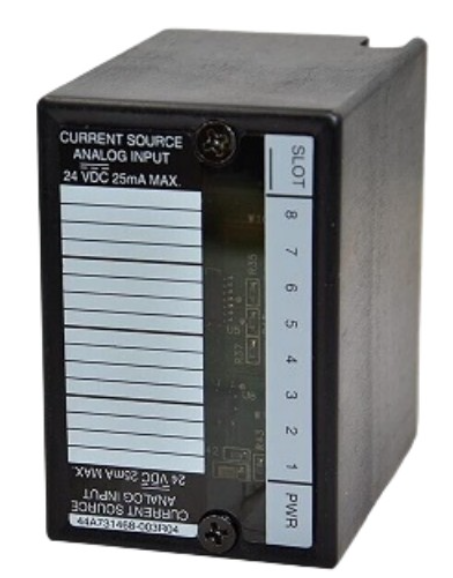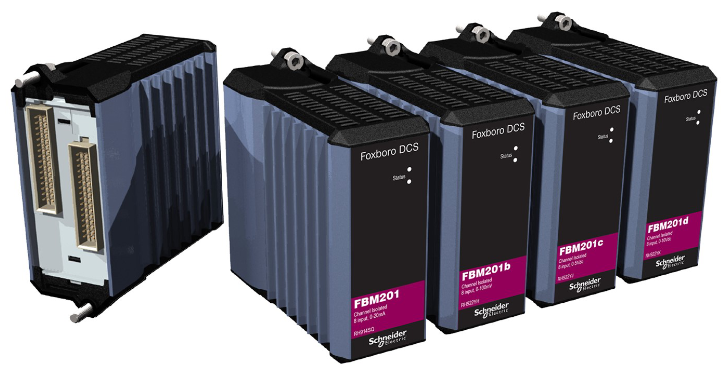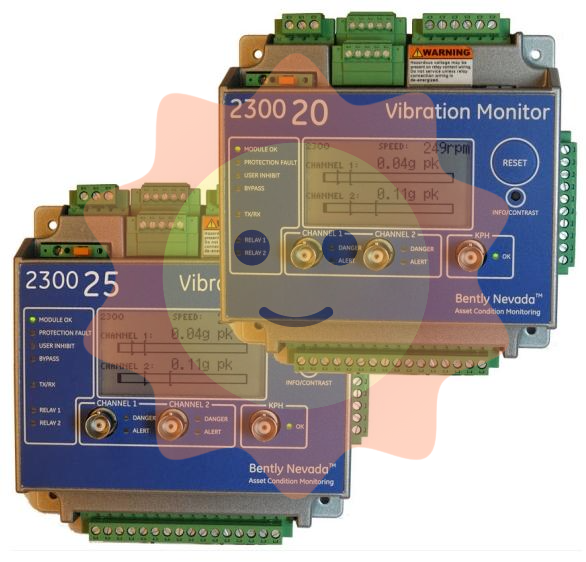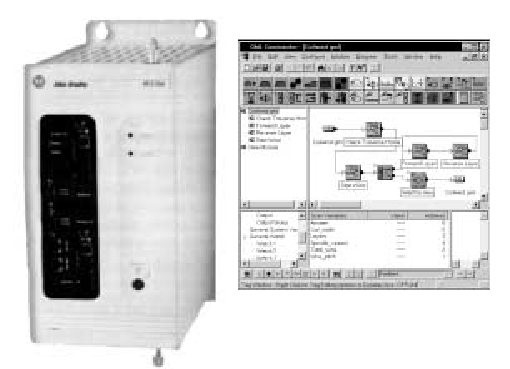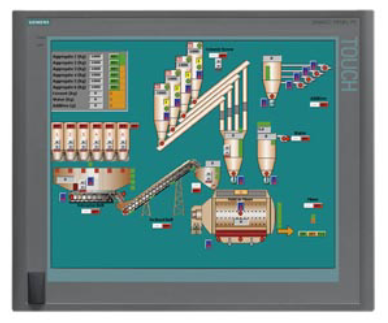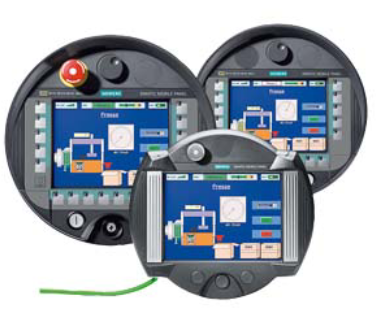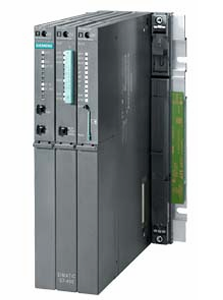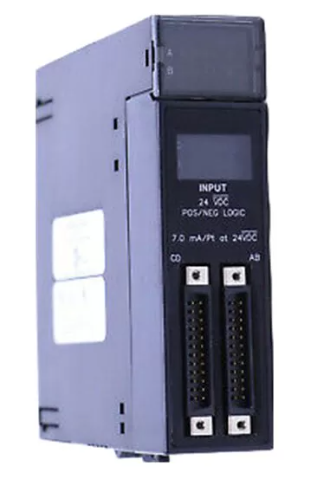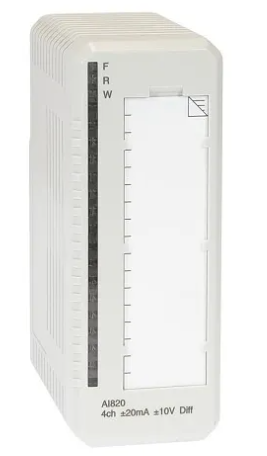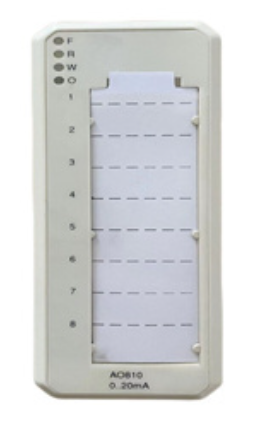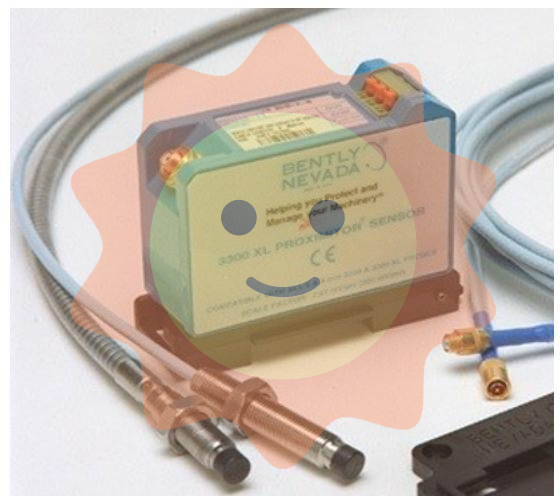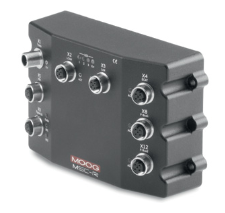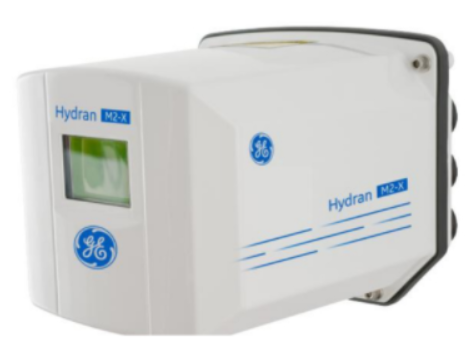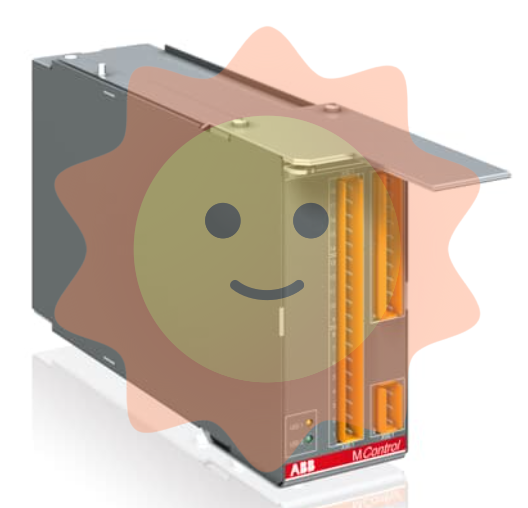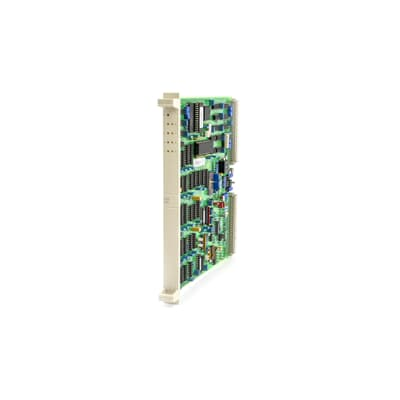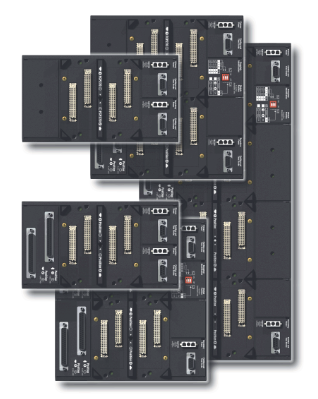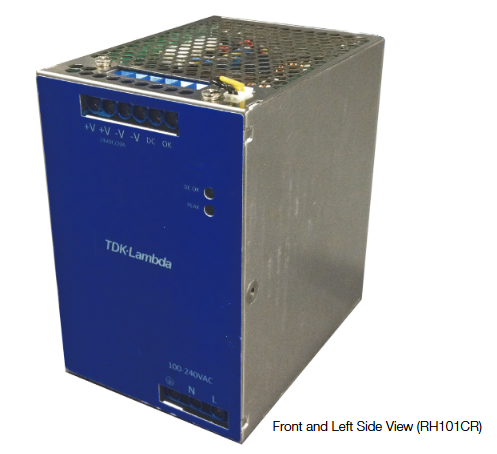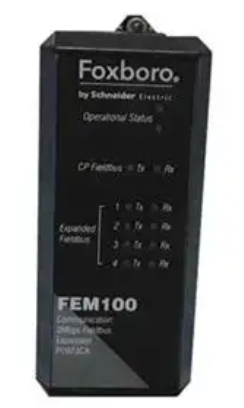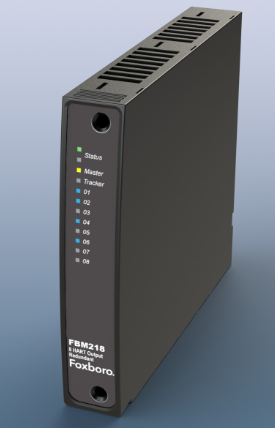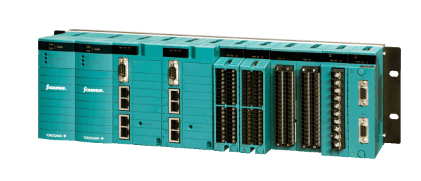GE IS200TRTDH1C RTD Input Terminal Board
GE IS200TRTDH1C RTD Input Terminal Board
Part Number IS200TRTDH1C Manufacturer General Electric Country of Manufacture As Per GE Manufacturing Policy Series Mark VIe Function Module Availability In StockIS200TRTDH1C is an RTD Input Terminal Board manufactured and designed by General Electric as part of the Mark VIe Series used in GE distributed gas turbine control systems. There are 16 three-wire RTD inputs on the RTD Input (TRTD) terminal board. Two barrier-type terminal blocks are connected to these inputs by wiring. To guard against surges and high-frequency noise, the inputs feature noise-reduction circuitry.
TRTD interacts with one or more I/O processors to transform inputs into digital temperature values and send those data to the controller. There are four different TRTD versions, as follows: The TRTDH1B is a TMR variant that uses six DC-type connectors to fan out the signals to three VRTD boards. A simplex board called TRTDH1C has two DC-type connectors for VRTD. TRTDH1D is a simplex board with two PRTD, normal scan DC-type connections. The TRTDH2D is a simplex board with two PRTD, quick-scan DC-type connectors. INSTALLATION: The 16 RTDs' wires should be connected straight to the two terminal blocks on the terminal board. With 24 terminals that can accommodate wires up to #12 AWG, each block is secured in place with two screws. On the left-hand side of each terminal block, a shield terminal strip connected to the chassis ground is present.
The TRTDH1B board in a TMR Mark VI control system provides redundant RTD inputs by fanning the inputs to three VRTD boards in the R, S, and T racks. The inputs comply with the same environmental, resolution, suppression, and function standards and regulations as the TRTDH1C terminal board; the quick scan, however, is not accessible. OPERATION: For each RTD, which can be grounded or ungrounded, TRTD provides a 10 mA dc multiplexed (not continuous) excitation current. The 16 RTDs can be placed as far away from the turbine control cabinet as 300 m (984 ft), with a maximum two-way cable resistance of 15. When scanning in normal mode or quickly, the I/O processor's A/D converter samples each signal and the excitation current 25 times per second and four times per second, respectively. The time sample interval is based on the power system frequency.
For the chosen 15 RTD kinds, the software does the linearization. Out-of-range measurements can identify RTD short and open circuits. To avoid negative effects on other input channels, an RTD that is found to be outside the hardware limits is deleted from the scanned inputs. In 20 seconds, repaired channels are automatically restored; alternatively, they can be manually restored. High-frequency decoupling to the ground is present at the signal entrance for all RTD signals. In order to prevent any RTD signals in the control database from being lost due to the failure of a single cable or I/O processor, RTD multiplexing in the I/O processor is managed by redundant pacemakers.
SPECIFICATIONS:
Part No: IS200TRTDH1C
Manufacturer: General Electric
Function: RTD Input Terminal Board
Series: Mark VIe
Number of Channels: 8
Operating temperature: 0 to 60 o C
Input voltage: 125 V
Total Output: 400 W
Board Size: 6.25 in x 4.25 in
Availability: In Stock
Country of Origin: USA
Manual: GEH-6421L
OTHER INFORMATION
• Available with either the 1.1 GHz, 1.6 GHz or 1.8 GHz Pentium® M processor
• 1.4 GHz Pentium M processor coming soon
• Up to 2 Mbyte of advanced L2 cache
• Up to 1.5 Gbyte DDR SDRAM
• Up to 2 Gbyte bootable CompactFlash on secondary IDE (see ordering options)
• Internal SVGA and DVI controller
• Serial ATA support through P2 rear I/O
• 400 MHz system bus via Intel® 855GME chipset
• Ethernet controller supporting 10BaseT and 100BaseTX through the front panel
• Gigabit Ethernet controller supporting 10BaseT, 100BaseTX and 1000BaseT interface with optional VITA 31.1 support
• Four asynchronous 16550 compatible serial ports
• Four Universal Serial Bus (USB) Rev. 2.0 connections, two on the front panel and two rear I/O
• PMC expansion site (PCI-X, 66 MHz)
• 32 Kbyte of nonvolatile SRAM
• Operating system support for Windows® XP, Windows 2000, VxWorks®, QNX® , LynxOS® and Linux

- User name Member Level Quantity Specification Purchase Date
- Satisfaction :
-









Email:wang@kongjiangauto.com









